In September, 2025, three Friends, Meg Parsons, Mimzy Wellberg and Poppy Benson traveled to Kodiak Island to help the refuge with six cruise ships that would arrive over 8 days. Next year they expect 29 cruise ships. This heavy schedule is the result of cruise ships repositioning themselves from the South Pacific winter trips to the Inside Passage summer routes and Kodiak makes a very convenient stop. The Refuge does not have the staff to handle this and this is the third time Friends have helped during the crucial spring and fall cruise ship seasons. Hear what Meg has to say.
By Meg Parsons
A two week fall volunteer project to assist Kodiak National Wildlife Refuge Visitor Center greet cruise ship passengers on their way to Japan was amazing. From the start with Natalie (supervisory refuge ranger) giving a warm welcome pickup at the airport to the exit goodbye laden with thoughtful Kodiak Refuge themed thank you gifts, my heart was and is full of the memories.
Everything was right- the friendly staff integrating us into their good working team, the refuge housing, conversations with temporary staff, and sharing of rockfish for a group feast. There was great interest in and conversations with the visitors about Kodiak Refuge as well as Alaska and the other 15 refuges. There was play time and touring of the island- my first trip to Kodiak after 50 years in Alaska. And what a trip it was. The weather was perfect- mostly sunny and of course fall golden. A car was for our use, and we drove all the major roads in pursuit of taking it all in.
We got familiar with the charming city of Kodiak. People are happy there- smiling faces, busy lifestyles, thriving businesses, mingling ethnic diversity, and proud citizens. Kodiak runs on 100% renewable energy- wind and water. We attended two Friday lectures at the Alutiiq Museum- extremely interesting. And I can’t not mention a favorite coffee shop with large windows along the channel watching bald eagles and a variety of boats coming in and out. My last day I got to hike a bit of the Near Island trails- good views on a sunny day of the water and islands and in the mossy very-green forest.
Would I recommend volunteering for Friends of the Alaska National Refuges- absolutely!
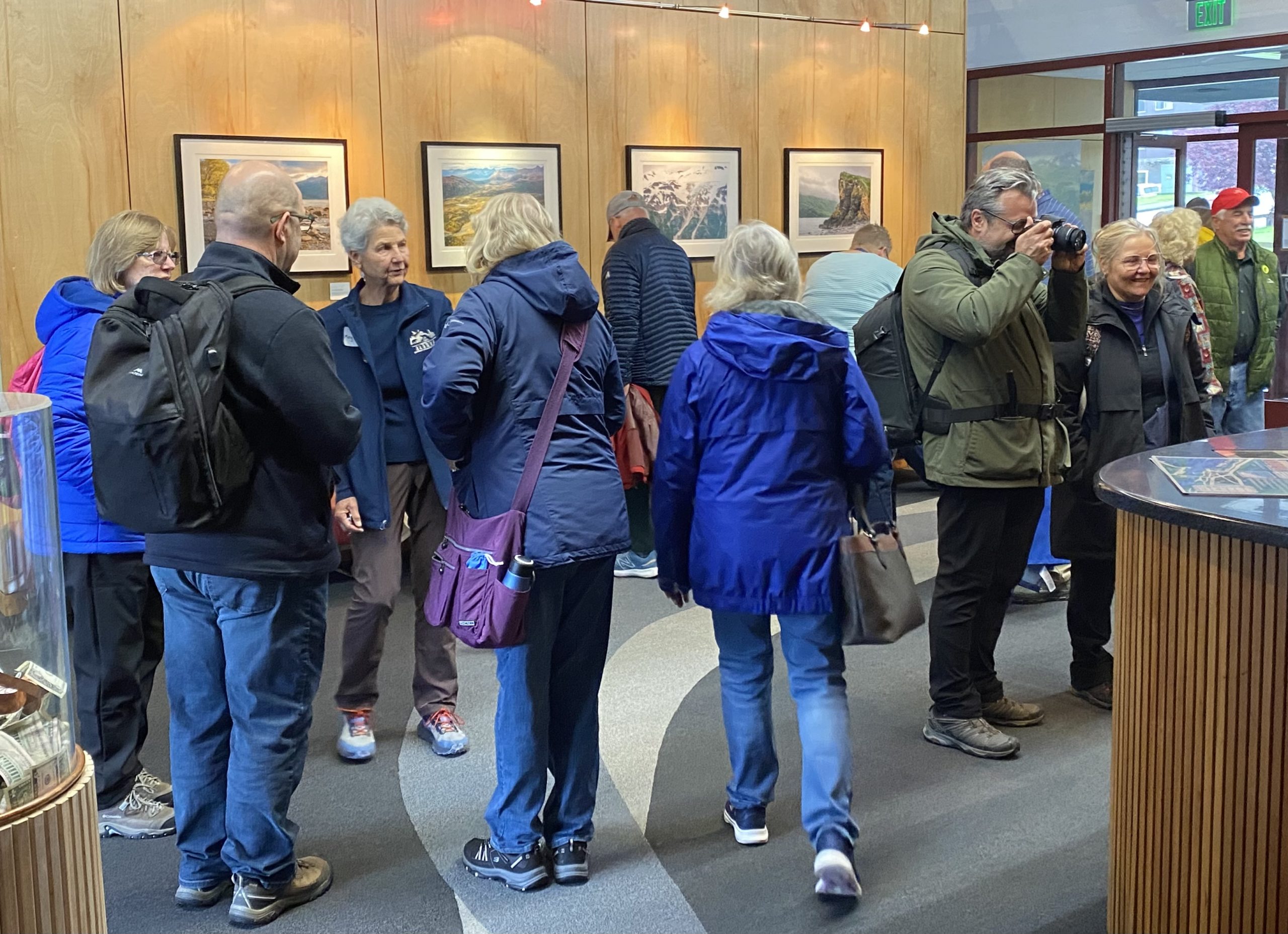
Meg Parsons (in Friends vest) in a sea of visitors on a 1000 visitor day in the Kodiak Refuge Visitor Center. Natalie Fath, visitor services lead, said our presence extended their reach and allowed for meaningful conversation with visitors. PC Poppy Benson/Friends
And Mimzy Wellberg added: Wonderful welcoming, hospitable staff at Kodiak National Wildlife Refuge. I learned a lot about Kodiak Refuge including its history along with bears, birds and whales. It was a joy to experience the delight and appreciation expressed by cruise ship visitors and local people upon leaving the Visitors Center. An added plus was the opportunity to volunteer with experienced Friends volunteers and refuge advocates: Poppy and Meg.
And I, Poppy, might add we saw 9 bears! Volunteering is a wonderful way to get to know refuge staff and the refuge and support them in a difficult time. While we were there, we also hosted the Friends September meeting with refuge speaker Amy Peterson, and gave interviews for a front-page article in the Kodiak Mirror and for KMXT public radio about the staffing crisis at Kodiak Refuge. They have half the staff of a year ago and that is something most in the town were not aware of.
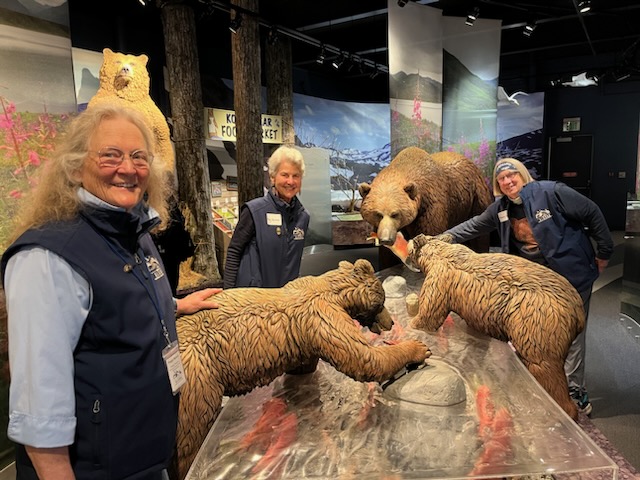
Kodiak Refuge Visitor Center is a world class space for a world class refuge. Friends volunteers L to R Poppy Benson, Homer and Meg Parsons and Mimzy Wellberg from Anchorage. PC Shelly Lawson/USFWS
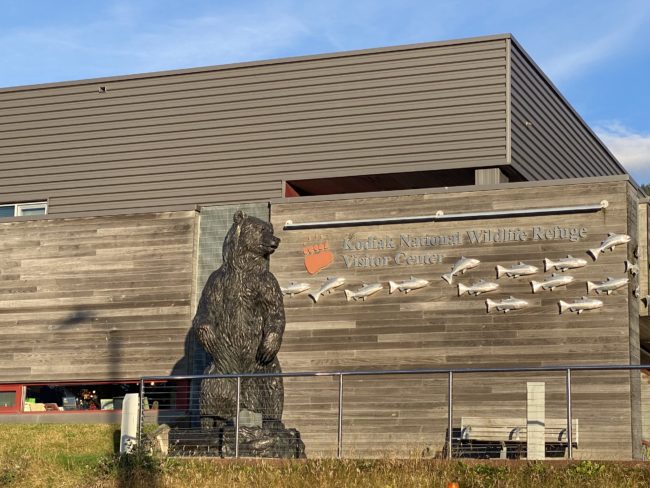
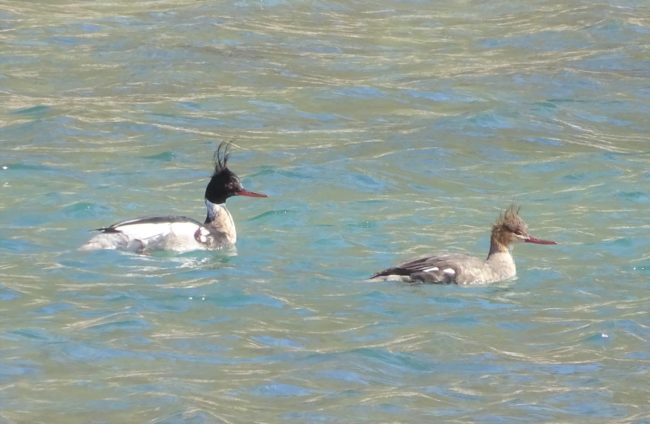
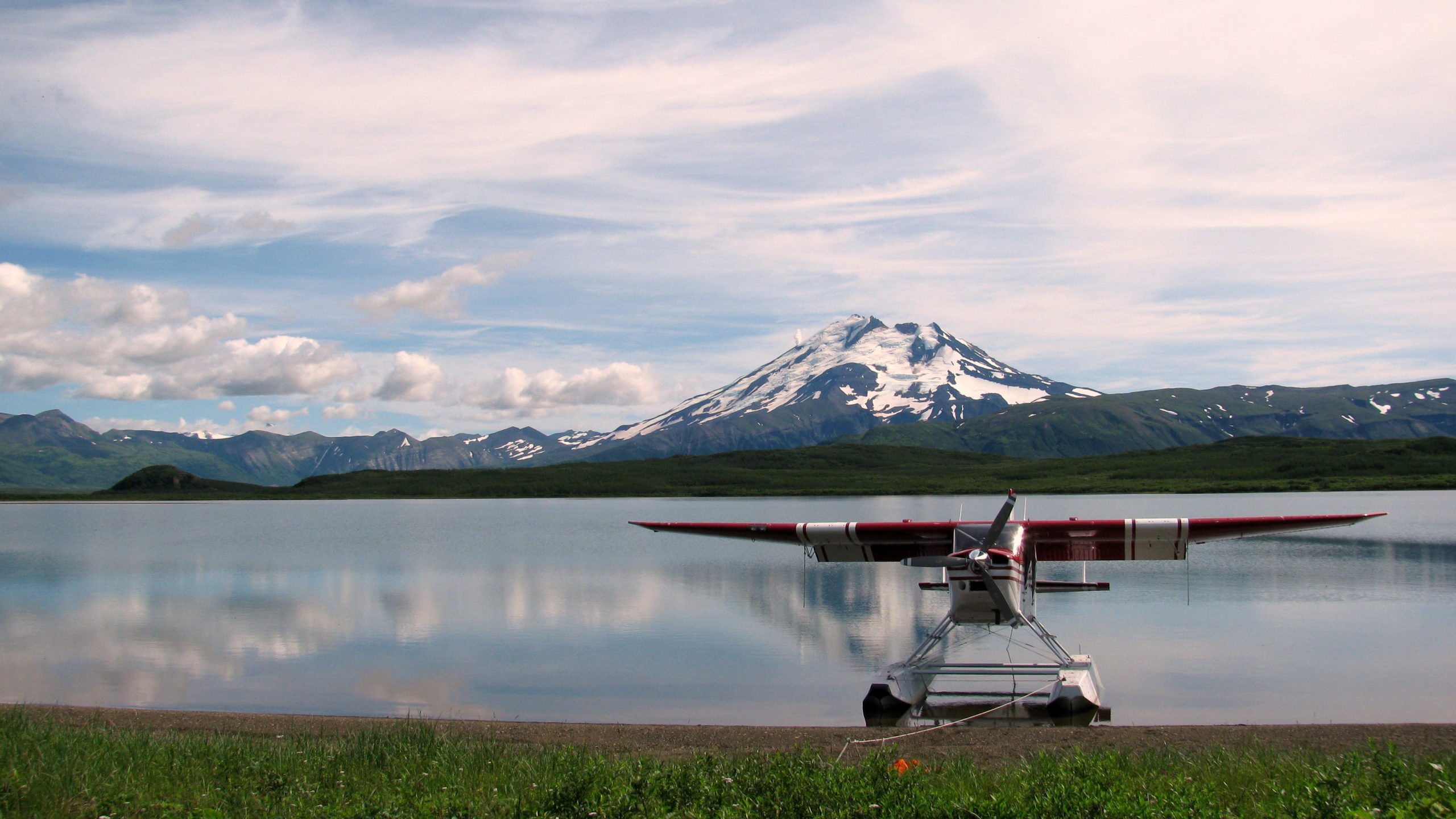
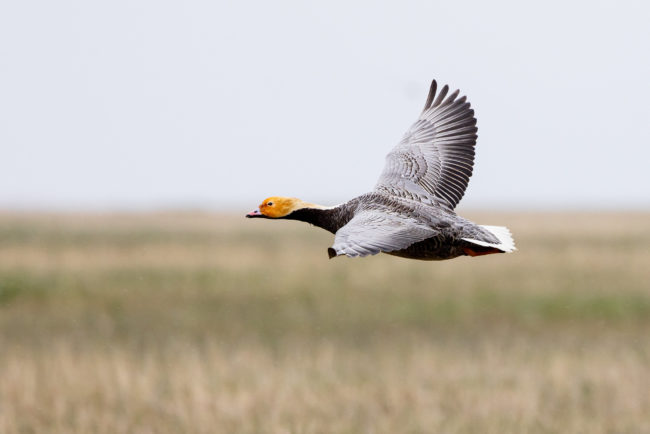
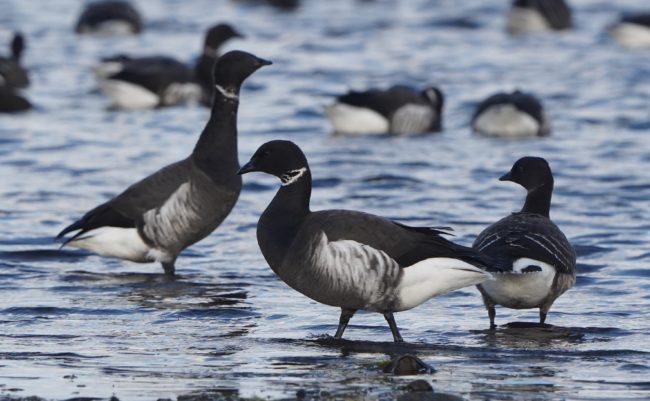
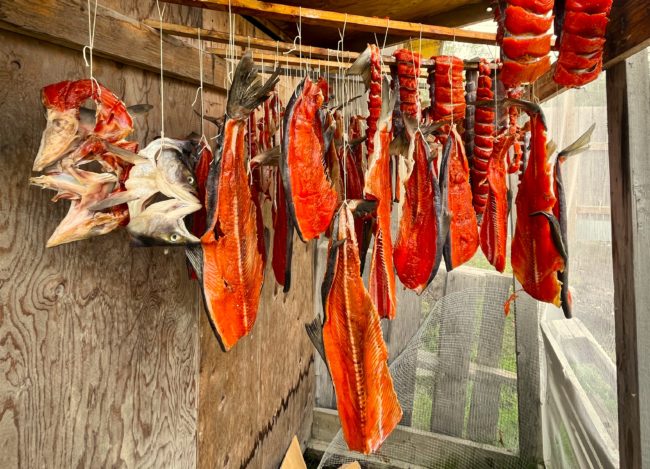
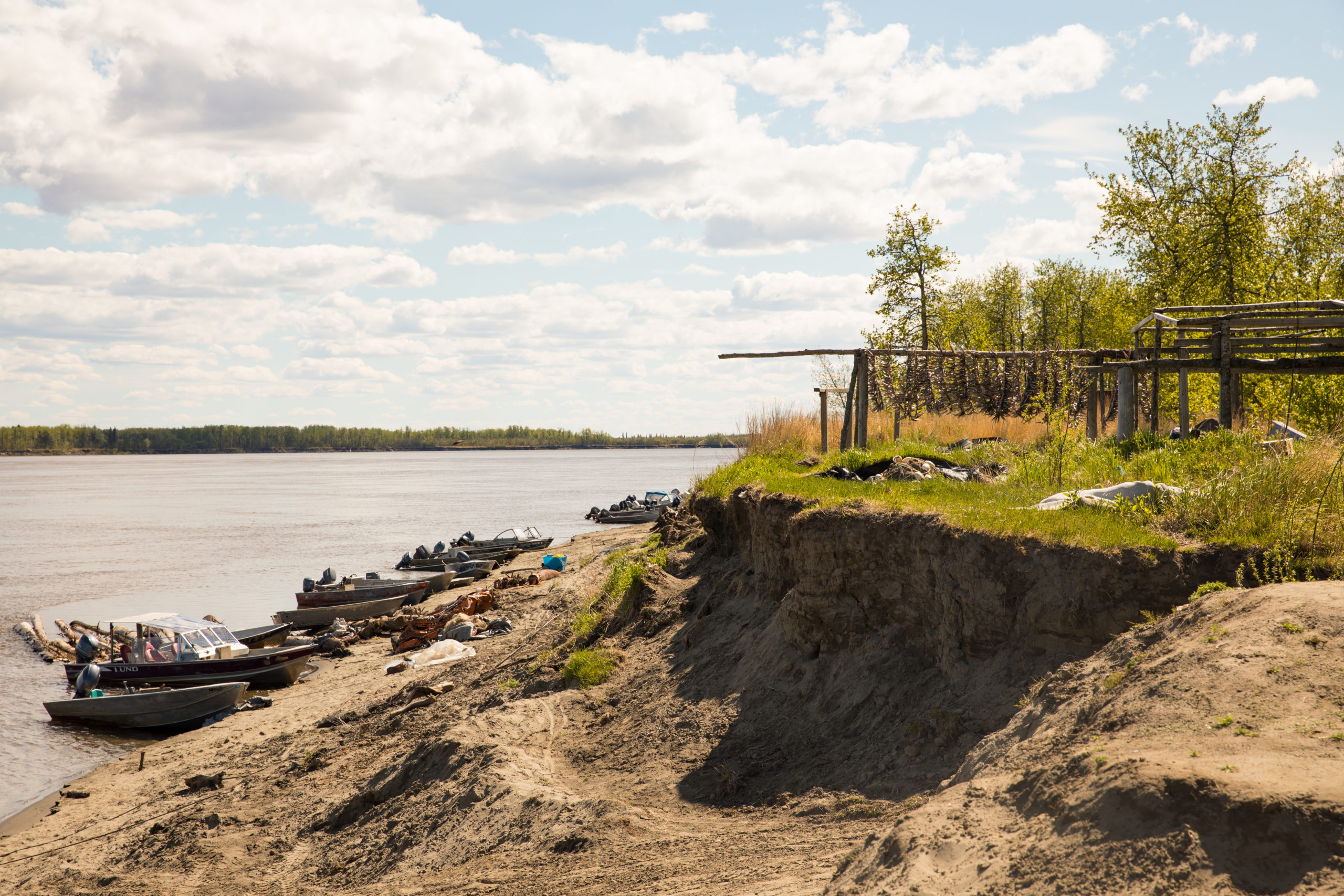
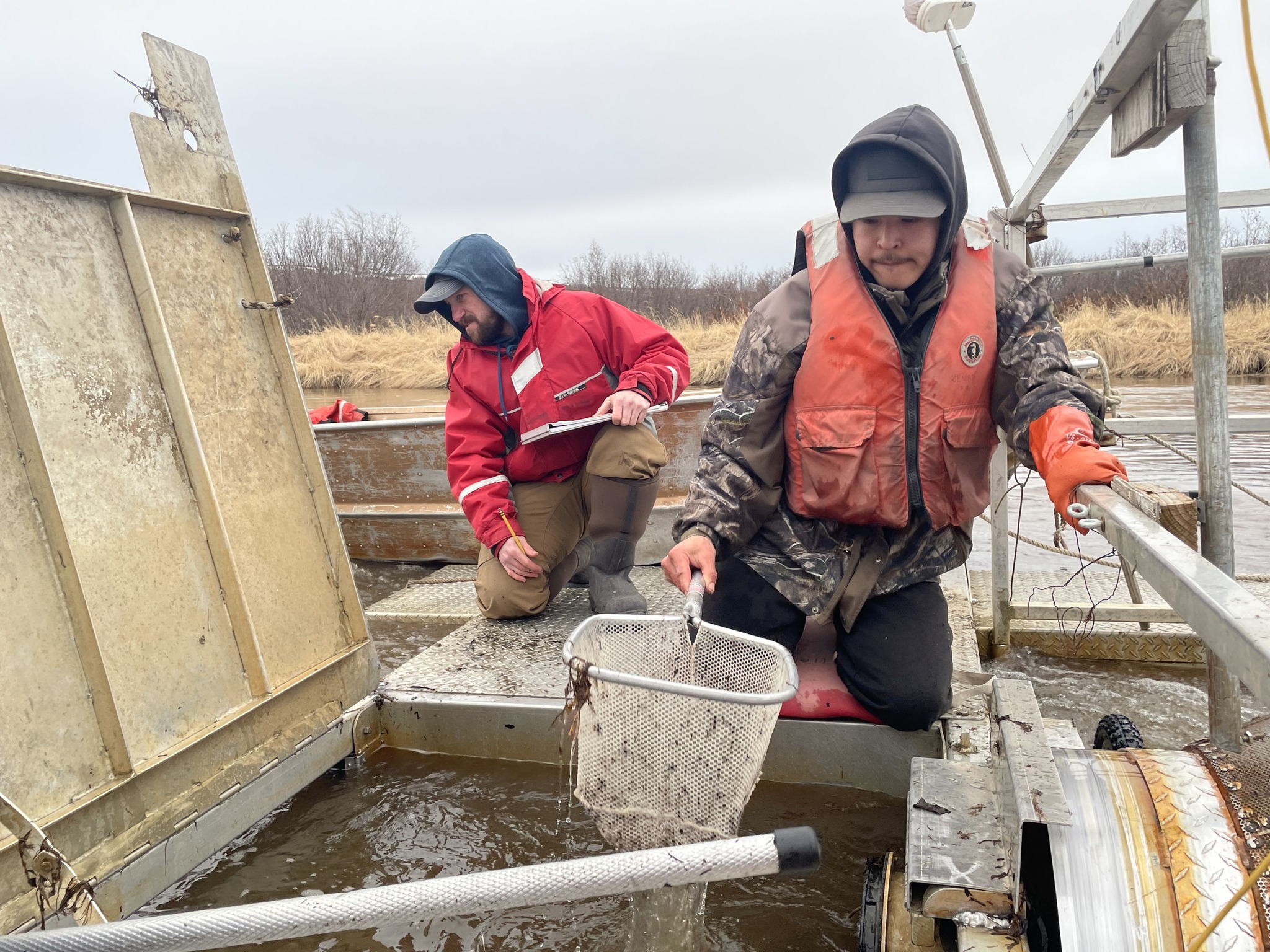
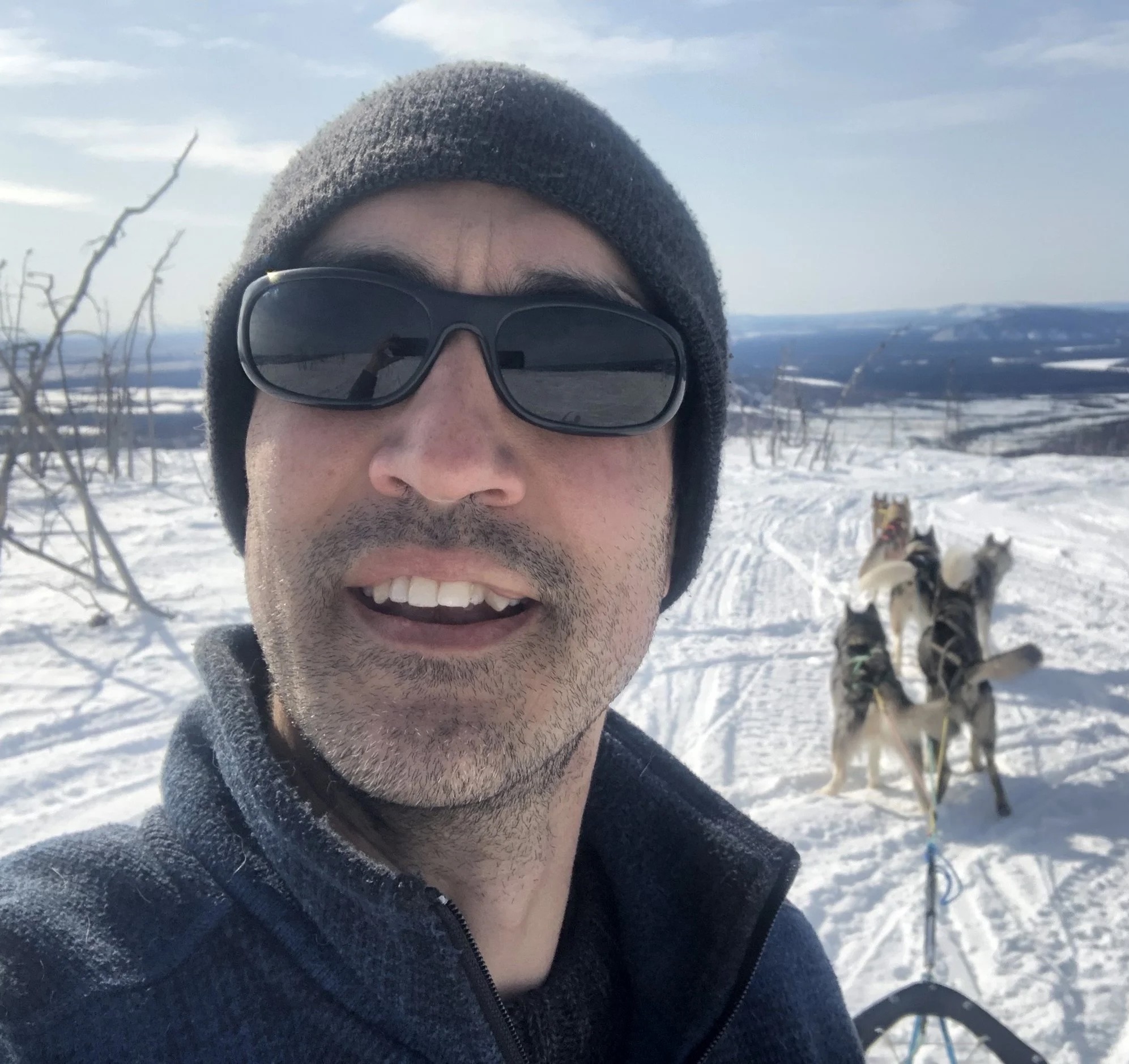 Growing up in McGrath, Kevin Whitworth learned from his elders to love the land, the river, and the natural world from an early age. He spent many hours exploring, hunting, fishing, and trapping out in the woods and on the rivers. Through high school and college, Kevin spent his summers working as a biological technician at several wildlife refuges across the state. After graduating from University of Alaska Fairbanks, he worked a number of full-time positions for U.S. Fish and Wildlife Service, including Deputy Refuge Manager for the Innoko National Wildlife Refuge in McGrath. Kevin has also worked for the Alaska Department of Natural Resources, and as the Lands and Natural Resources Manager for MTNT Limited, the McGrath village corporation. While working for the Alaska Maritime National Wildlife Refuge, Kevin met his wife, Dara who also worked for the refuge. They have a young son and two daughters and enjoy spending time at their remote cabin, dogsledding with their team of dogs, and being outside as much as possible. He joined Kuskokwim River Inter-Tribal Fish Commission team in May 2018 and has served as Executive Director since 2022.
Growing up in McGrath, Kevin Whitworth learned from his elders to love the land, the river, and the natural world from an early age. He spent many hours exploring, hunting, fishing, and trapping out in the woods and on the rivers. Through high school and college, Kevin spent his summers working as a biological technician at several wildlife refuges across the state. After graduating from University of Alaska Fairbanks, he worked a number of full-time positions for U.S. Fish and Wildlife Service, including Deputy Refuge Manager for the Innoko National Wildlife Refuge in McGrath. Kevin has also worked for the Alaska Department of Natural Resources, and as the Lands and Natural Resources Manager for MTNT Limited, the McGrath village corporation. While working for the Alaska Maritime National Wildlife Refuge, Kevin met his wife, Dara who also worked for the refuge. They have a young son and two daughters and enjoy spending time at their remote cabin, dogsledding with their team of dogs, and being outside as much as possible. He joined Kuskokwim River Inter-Tribal Fish Commission team in May 2018 and has served as Executive Director since 2022.
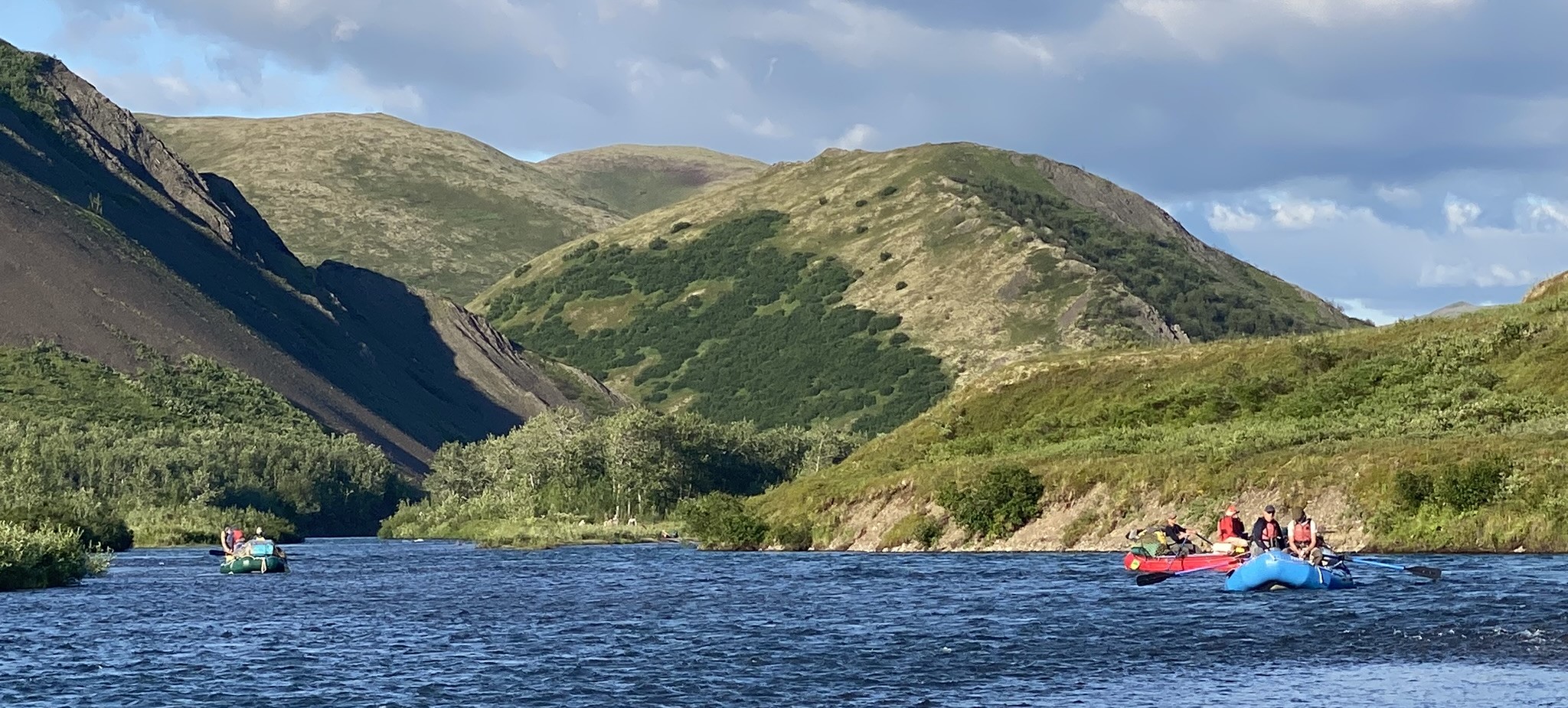
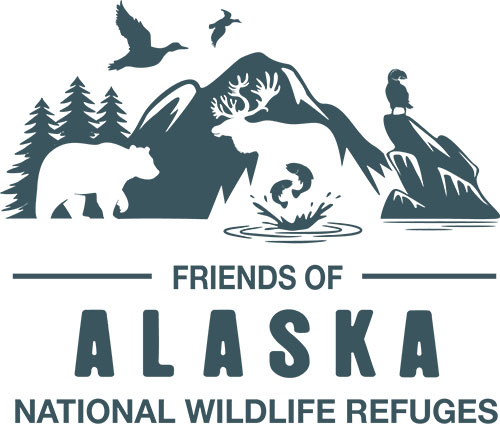
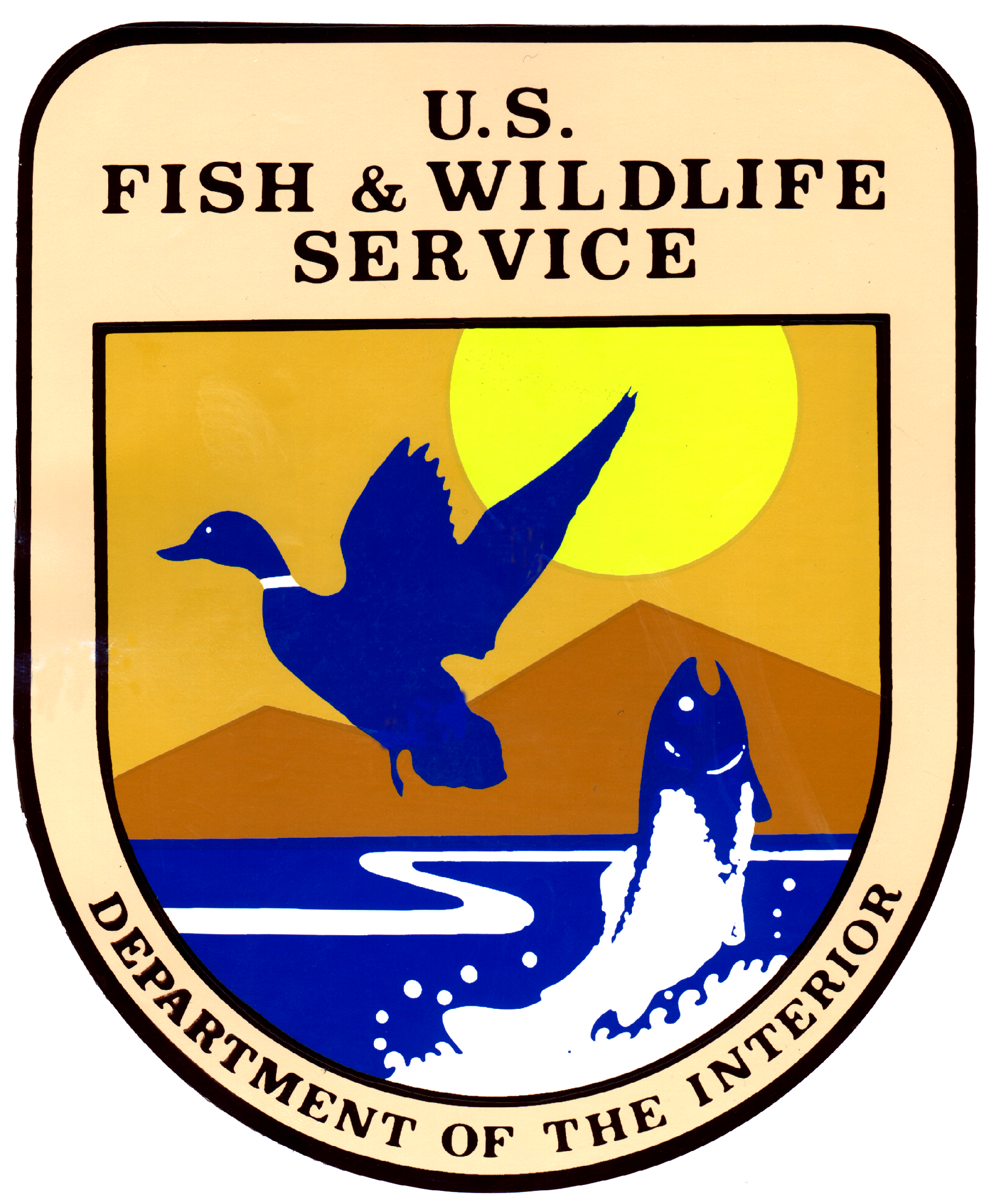


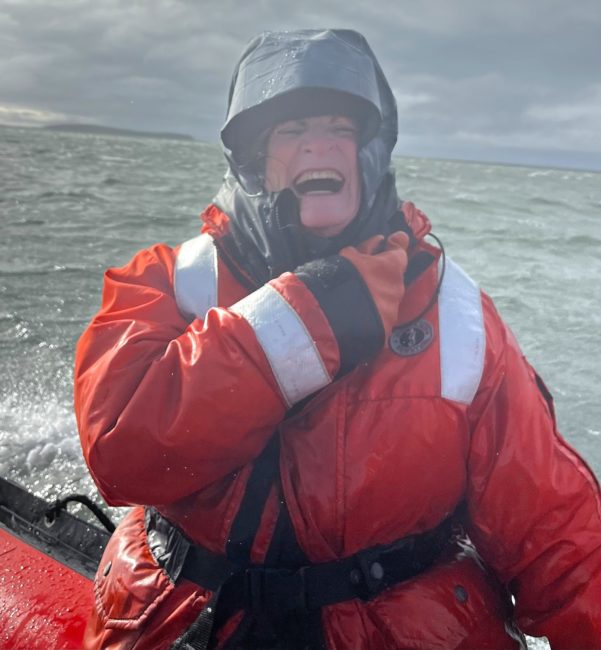
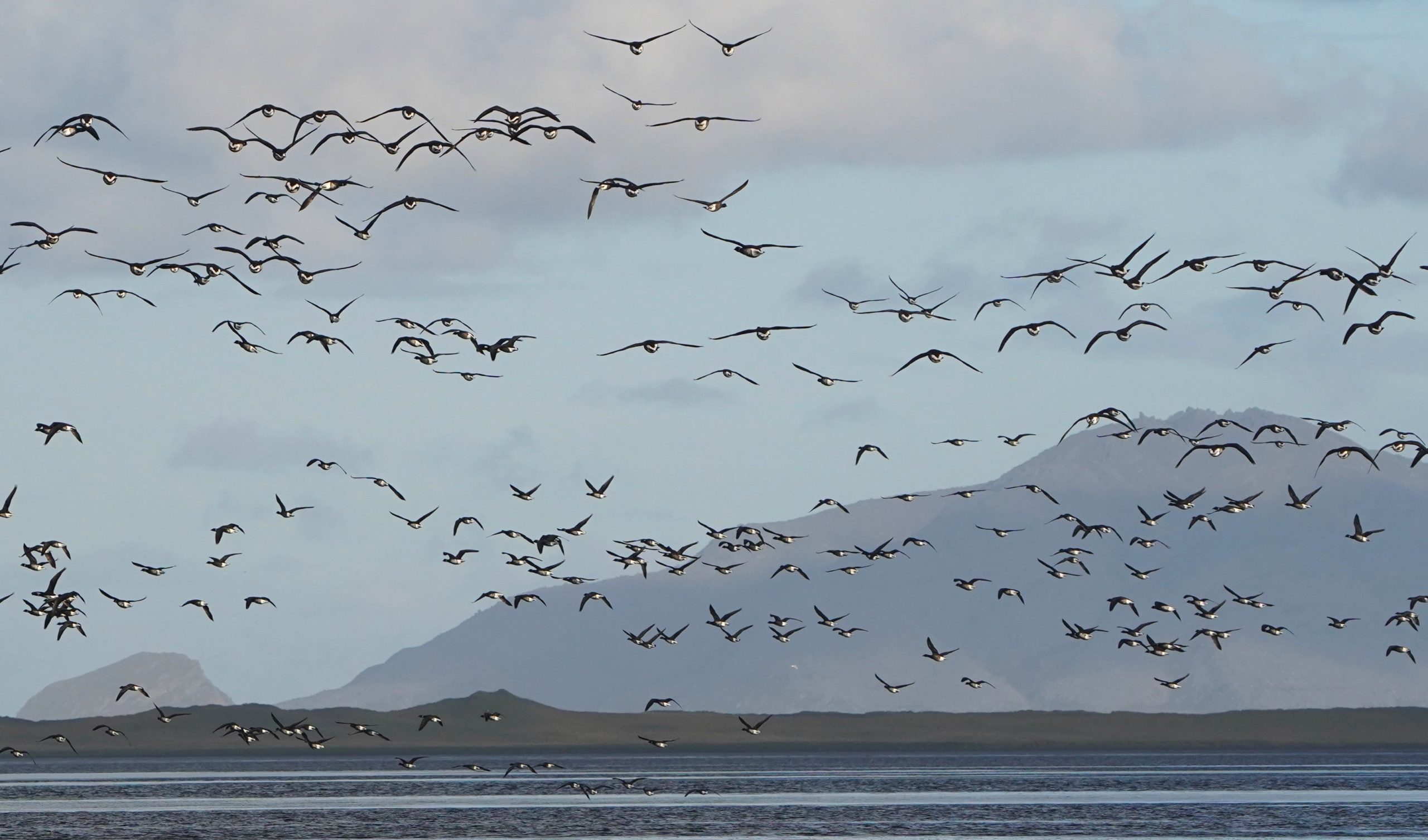
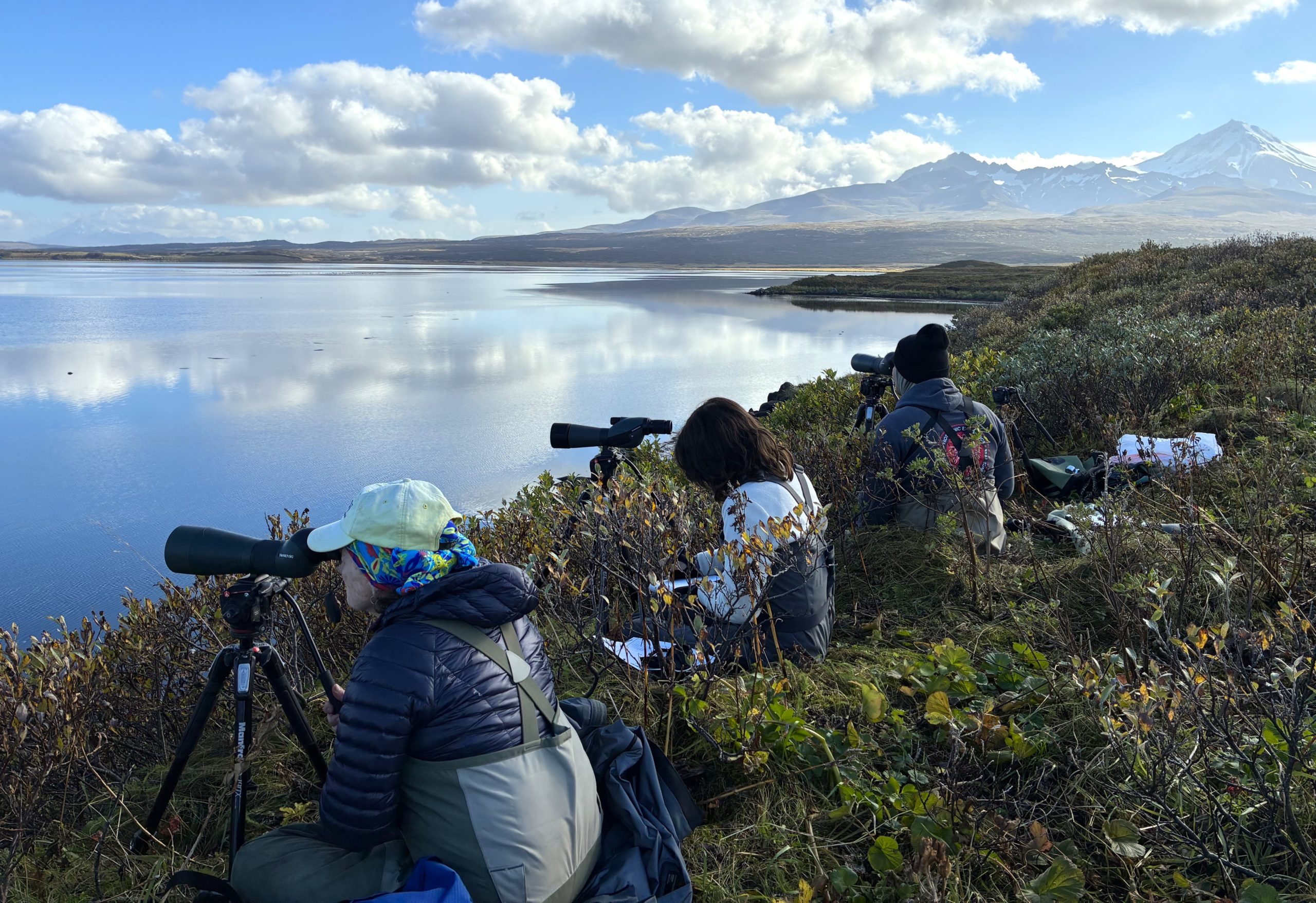

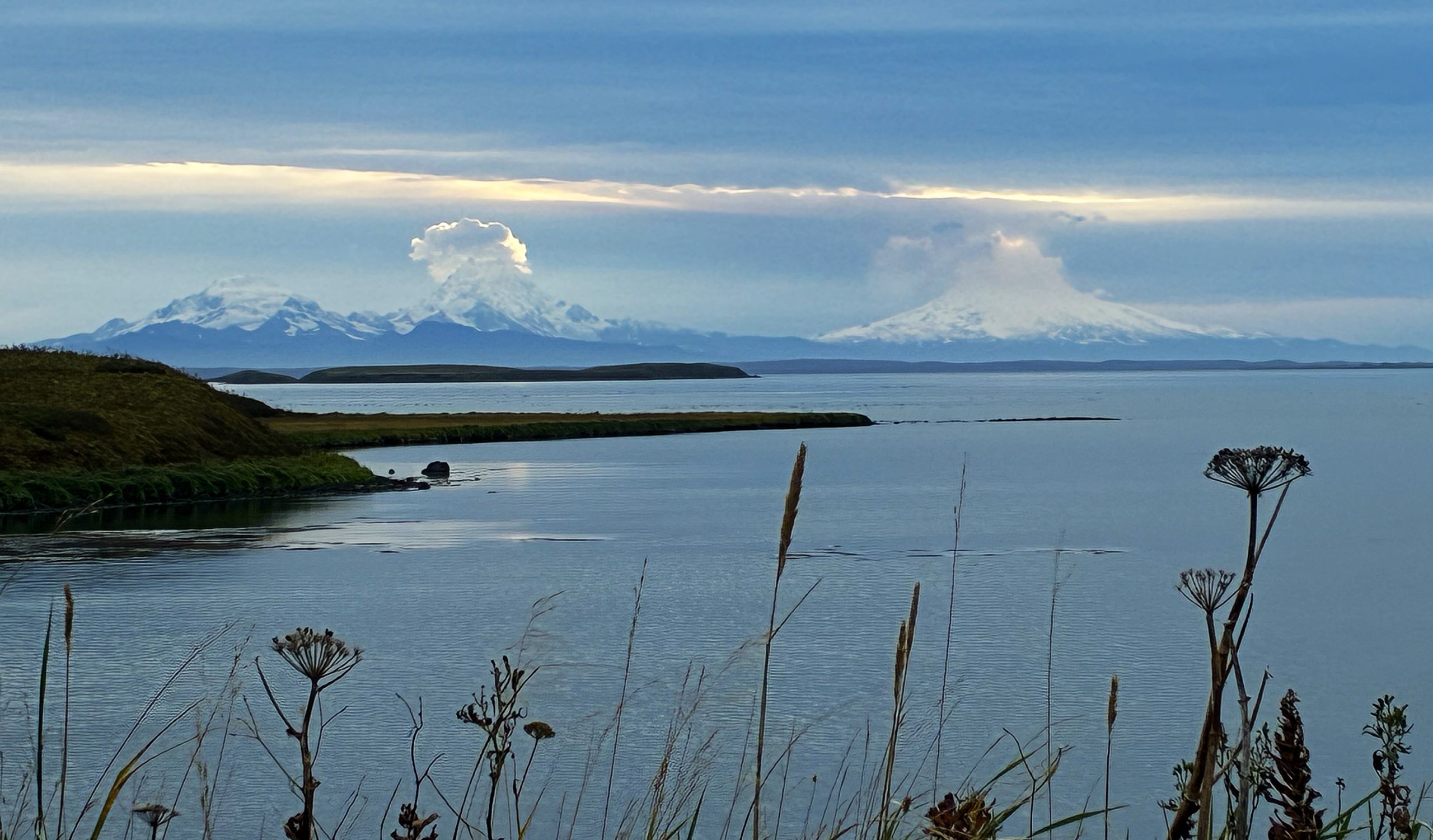
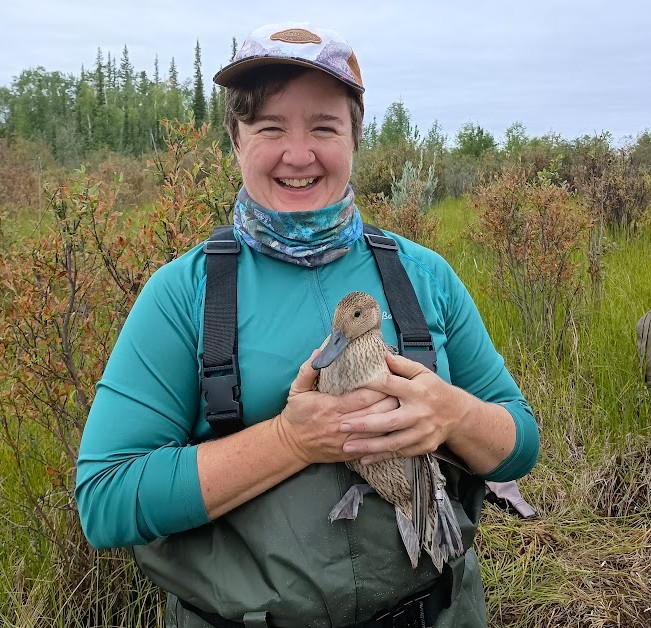
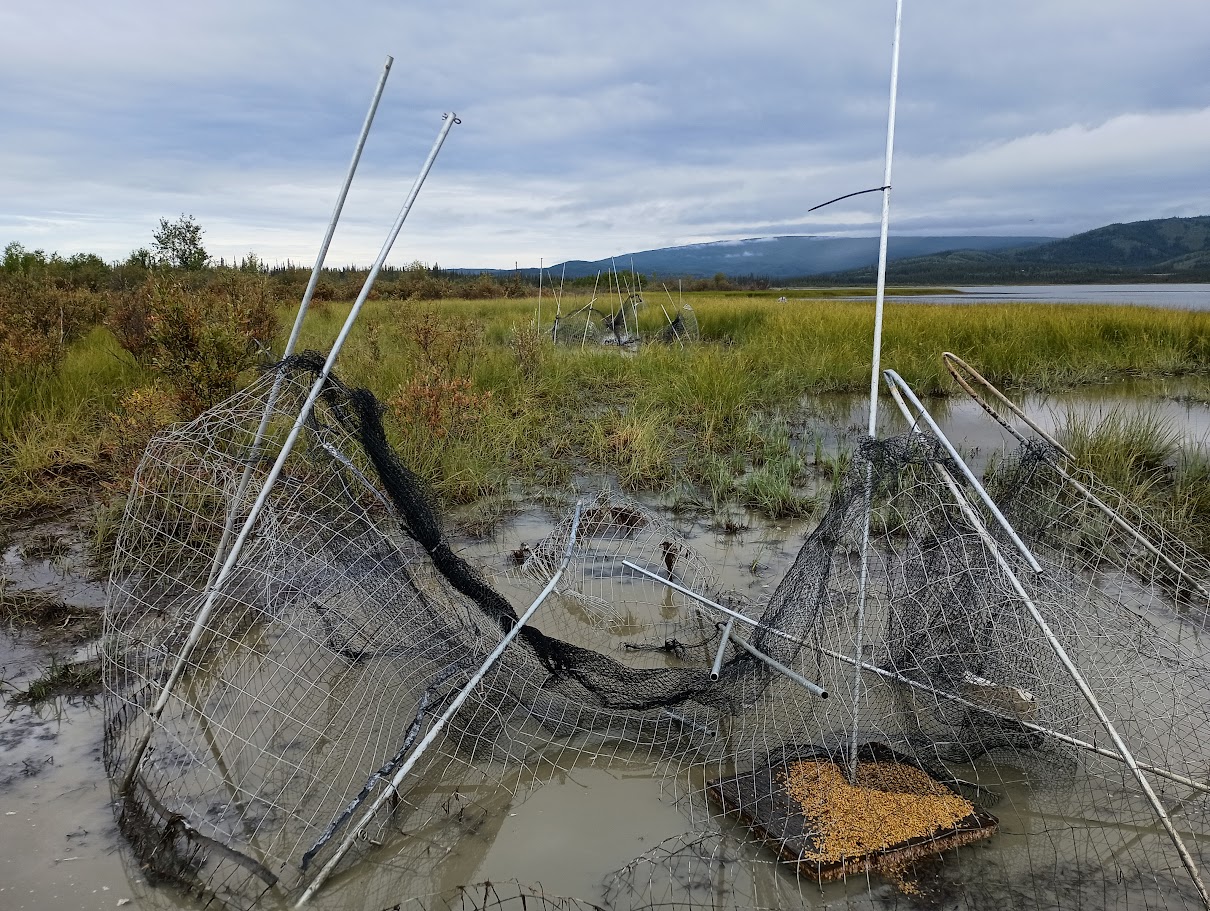
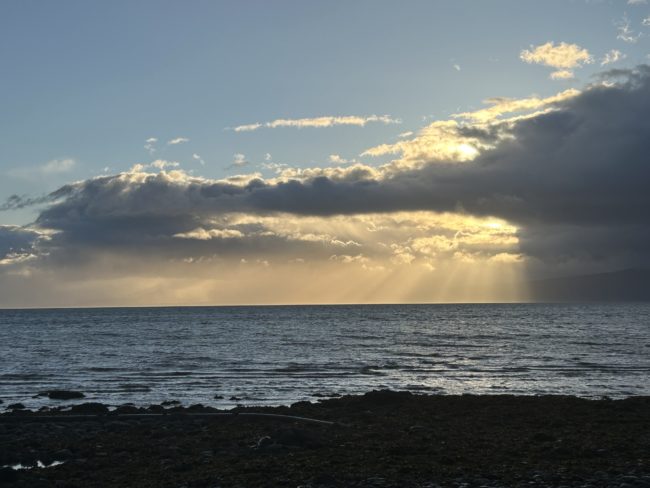
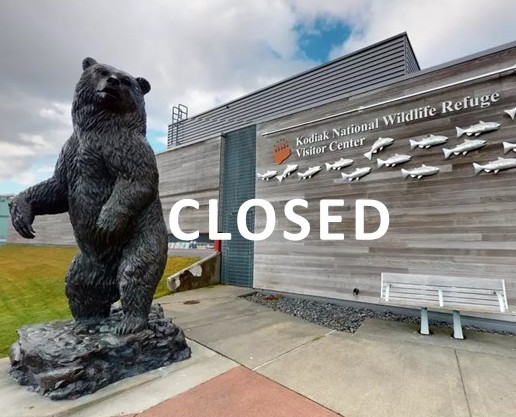
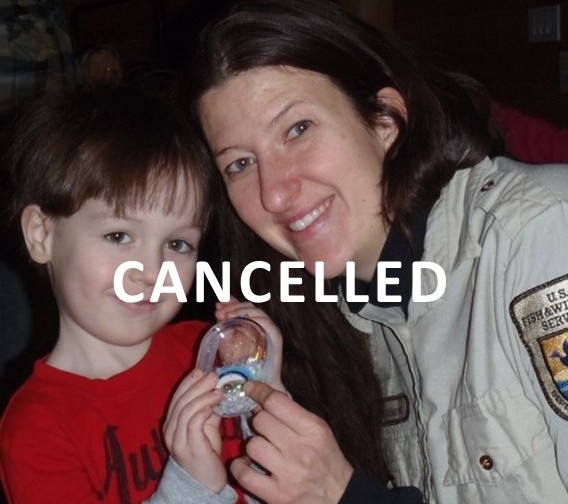 What You Can Do:
What You Can Do: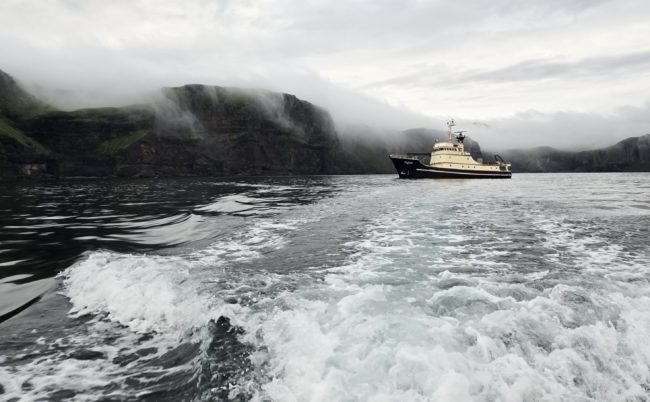
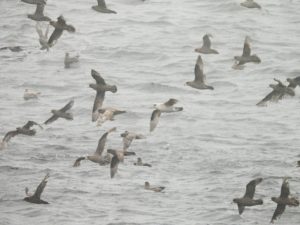
 Mark Conrad was recently “retired” from a 30+ year career in conservation in Wyoming, researching and protecting water quality and wildlife habitat when he felt the call to check out Alaska in 2021. He eventually settled in Homer, throwing himself into volunteer work with the Alaska Maritime National Wildlife Refuge and other birding and conservation groups. He monitors sea duck and shorebirds, works seasonally as a bear guard and with Friends has built rat traps and swallow boxes and participated in cleanups. His Wyoming background in water quality and invasive weeds made him well suited for this volunteer opportunity. Mark’s bachelor’s degree is from University of California Davis and his master’s from University of Wyoming. Mark enjoys travelling, hunting, fishing, kayaking, xc skiing, birding, and learning about the maritime environment. Mark said he really enjoys the community of Homer and the whole state. He is glad he made the move.
Mark Conrad was recently “retired” from a 30+ year career in conservation in Wyoming, researching and protecting water quality and wildlife habitat when he felt the call to check out Alaska in 2021. He eventually settled in Homer, throwing himself into volunteer work with the Alaska Maritime National Wildlife Refuge and other birding and conservation groups. He monitors sea duck and shorebirds, works seasonally as a bear guard and with Friends has built rat traps and swallow boxes and participated in cleanups. His Wyoming background in water quality and invasive weeds made him well suited for this volunteer opportunity. Mark’s bachelor’s degree is from University of California Davis and his master’s from University of Wyoming. Mark enjoys travelling, hunting, fishing, kayaking, xc skiing, birding, and learning about the maritime environment. Mark said he really enjoys the community of Homer and the whole state. He is glad he made the move.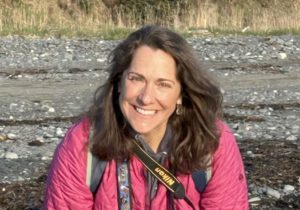 Deb Kurtz first came to Alaska on the ferry in 1999 for a summer of hitchhiking around the state to backpack and hike. Two years later she returned for a seasonal job as a wilderness technician for the US Forest Service in southeast Alaska. For the next 20 plus years she worked for the Forest Service, the Park Service, non-profits and the private sector doing marine bird and mammal surveys, invasive plant management, time lapse photography, snow surveys, glacier monitoring, oceanographic measurements, watershed management, fisheries surveys, and waterfowl banding. Deb has been a Friends member for a few years, but it was her recent retirement that allowed her to take on a longer-term volunteer project like this. Deb earned a bachelor’s in geography with minors in geology and environmental sciences from SUNY Geneseo and a master’s in earth science with a thesis on invasive plant modeling from Montana State. Deb loves Alaska’s wildlands and wildlife and can be found recreating and exploring across the state’s mountains, rivers, coast, and tundra with a pair of binoculars and a camera around her neck. She lives in Anchorage.
Deb Kurtz first came to Alaska on the ferry in 1999 for a summer of hitchhiking around the state to backpack and hike. Two years later she returned for a seasonal job as a wilderness technician for the US Forest Service in southeast Alaska. For the next 20 plus years she worked for the Forest Service, the Park Service, non-profits and the private sector doing marine bird and mammal surveys, invasive plant management, time lapse photography, snow surveys, glacier monitoring, oceanographic measurements, watershed management, fisheries surveys, and waterfowl banding. Deb has been a Friends member for a few years, but it was her recent retirement that allowed her to take on a longer-term volunteer project like this. Deb earned a bachelor’s in geography with minors in geology and environmental sciences from SUNY Geneseo and a master’s in earth science with a thesis on invasive plant modeling from Montana State. Deb loves Alaska’s wildlands and wildlife and can be found recreating and exploring across the state’s mountains, rivers, coast, and tundra with a pair of binoculars and a camera around her neck. She lives in Anchorage.  Dan Esler’s parents called his bachelor’s degree from Northland College in outdoor recreation and biology “Camping for Credit.” Dan went on to get a master’s from Texas A & M with his thesis on hydrilla, an invasive water plant, and a PhD from Oregon State. He first came to Alaska for a three-month technician job with breeding waterfowl on the Yukon Flats National Wildlife Refuge and stayed. Most of his career was with USGS as a wildlife research biologist with an interest and expertise in nearshore marine ecology and birds, especially sea ducks. He also spent 12 years on the faculty of Simon Fraser University in Canada as a researcher. His work and outdoor adventures, often centered around birding, have taken him to many of Alaska’s national wildlife refuges including Yukon Delta, Yukon Flats, Kodiak, Kenai, Alaska Maritime, Izembek, and Tetlin refuges. Dan notes that Tetlin Refuge is a favorite spring spot for spotting species hard to see elsewhere in Alaska like Sora, Ruddy Duck and Common Yellowthroat. Dan lives in Anchorage and enjoys all sorts of outdoorsy and naturey activities.
Dan Esler’s parents called his bachelor’s degree from Northland College in outdoor recreation and biology “Camping for Credit.” Dan went on to get a master’s from Texas A & M with his thesis on hydrilla, an invasive water plant, and a PhD from Oregon State. He first came to Alaska for a three-month technician job with breeding waterfowl on the Yukon Flats National Wildlife Refuge and stayed. Most of his career was with USGS as a wildlife research biologist with an interest and expertise in nearshore marine ecology and birds, especially sea ducks. He also spent 12 years on the faculty of Simon Fraser University in Canada as a researcher. His work and outdoor adventures, often centered around birding, have taken him to many of Alaska’s national wildlife refuges including Yukon Delta, Yukon Flats, Kodiak, Kenai, Alaska Maritime, Izembek, and Tetlin refuges. Dan notes that Tetlin Refuge is a favorite spring spot for spotting species hard to see elsewhere in Alaska like Sora, Ruddy Duck and Common Yellowthroat. Dan lives in Anchorage and enjoys all sorts of outdoorsy and naturey activities.